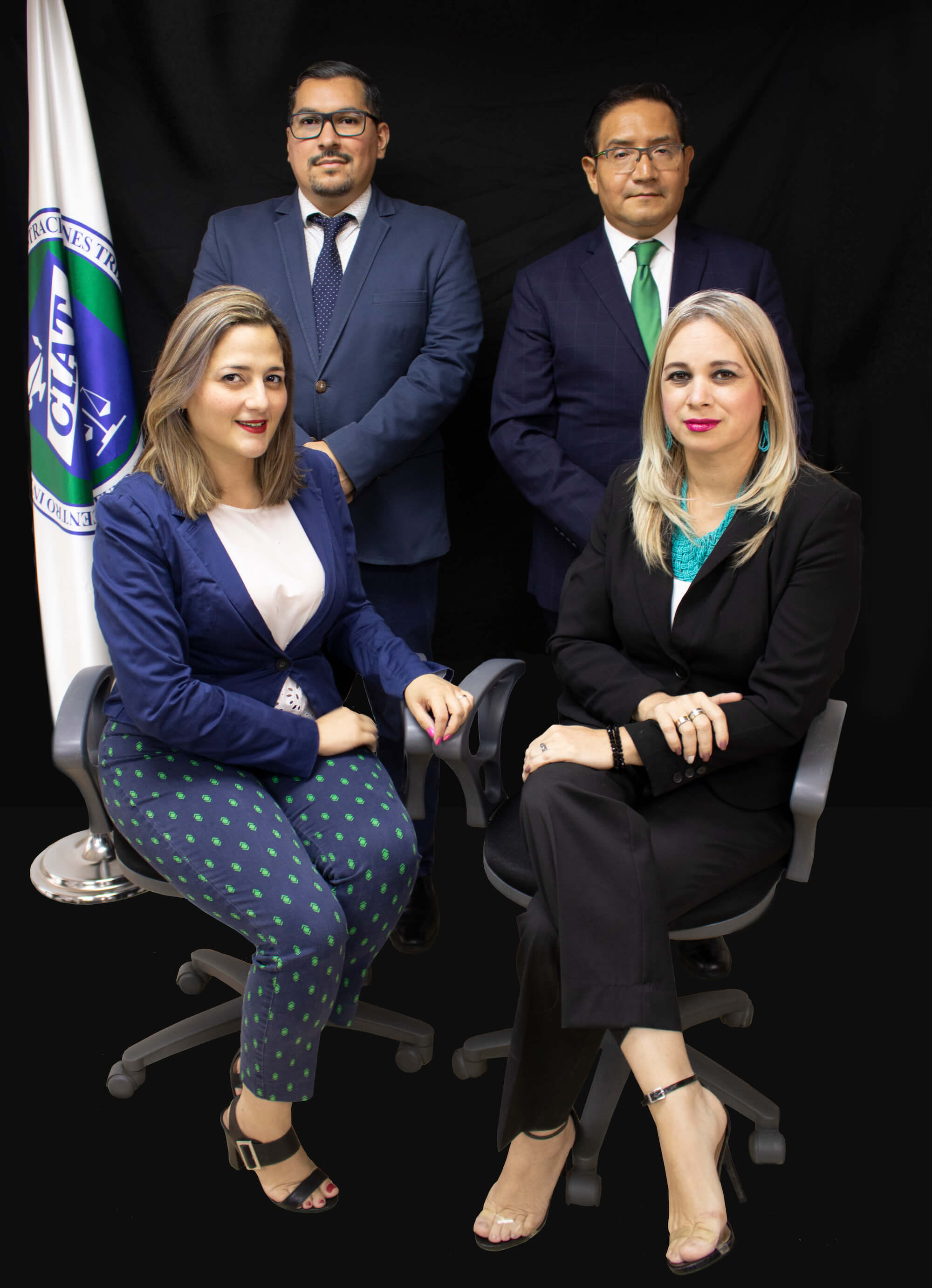
General Information
About the course
This program seeks to train professionals with integrity capable of identifying, assessing, mitigating and controlling risks in a proactive, efficient and sustainable manner, improving the efficiency and performance of tax administration, using a comprehensive approach based on best practices.
The topics to be developed during the course are:
- Lesson 1. The Risk Management Model.
- Lesson 2. Aspects to be Considered in Risk Management (Part I)
- Lesson 3. Aspects to Consider in Risk Management (Part II)
- Lesson 4. The Risk Management Process (Part I)
- Lesson 5. The Risk Management Process (Part II)
- Lesson 6. Specific Aspects
- Lesson 7. Integral Customs Risk Management
Target audience
The risk management course is aimed at tax and customs administration professionals who seek to improve their skills to identify and assess risks, mitigate and control them proactively, apply a comprehensive approach to risk management, using best practices and managing risks specific to tax and customs administration.
Certification
The Training Coordination issues academic certificates of approval in digital format, which requires that participants have obtained the minimum passing grade of the course.
When
August 05, to October 20, 2024.
Registration Deadline
July 29, 2024
Offer - Prepaid
Make payment by July 05, 2024 to get a discount:
- TA Officials: USD 460.00 (Regular Price USD 575.00)
- General Public: USD 690.00 (Regular Price USD 860.00)
Request it at mdonoso@ciat.org
Frequently Asked Questions
What are the technical requirements for the CIAT courses?
The participants will need the following tools:
- Internet connection.
- Updated browser (Google Chrome, Mozilla Firefox or Safari).
- Permissions to receive external e-mails.
- Adobe Reader.
- Java.
- Zoom, the tool for synchronous sessions.
How many hours should I dedicate to the course?
For the individual activities, you should dedicate at least one hour a day to review and complete the material. In the case of collaborative work, it varies from one to two hours for the correct development of the work that you have to do, together with your classmates. Generally, we calculate a weekly dedication of 12 to 15 hours. In general, the activities have a closing date on Sundays at 23:55 hours in Panama.
What is a virtual classroom?
The virtual classroom is the space where you will find the study materials, homework, discussion forums, exams and complementary material; in addition, you communicate with the tutor and classmates takes through the option of messages and communication forums. Through these means, you have the possibility to ask questions, resolve your concerns and academic doubts. The tutor will be present throughout your learning and teaching process.
In case of problems, who should I contact?
In order to better assist you and answer your questions, please contact the following:
- For computer assistance: César Trejos (ctrejos@ciat.org) and Maureen Perez (mperez@ciat.org)
- For administrative assistance: Mónica Donoso (mdonoso@ciat.org) and Maureen Perez (mperez@ciat.org)
- For academic assistance: Your tutor (through the platform).
The virtual classroom is equipped with several communication tools to share ideas and information.
What are the steps to withdraw from the course?
Within the first 10 days students must write a message to the Tutor with copy to the Administration with their intention to postpone it; demonstrating that it is due to justified situations of force majeure. The withdrawn student will be entitled to the amount of the payment made and may use it to enroll in the next edition of the training program. He or she will start again from the first lesson.

Alejandro Juarez
ajuarez@ciat.org
Maureen Pérez Álvarez
mperez@ciat.org
César Trejos Canto
ctrejos@ciat.org
Mónica Donoso
mdonoso@ciat.org
More about CIAT
-
CIAT participated in the annual meeting of the VITARA program to define strategic actions for 2026
-
Registration is now open for courses to 2026!
-
CIAT participated in the 11th Methodological Meeting with Large Taxpayers of the AGT dedicated to Electronic Invoicing
-
Vapes: Emerging Challenges for Tax Administrations in Latin America
-
Mutirão, BAM and CBAM: Environmental taxation and unification of reports
-
AI is already here
-
CIAT and AECID co-sponsored a seminar on innovation and international collaboration to combat tax evasion
-
CIAT Executive Council Meeting
-
Financial Affairs Advisory Subcommittee
-
CIAT Executive Council Meeting
